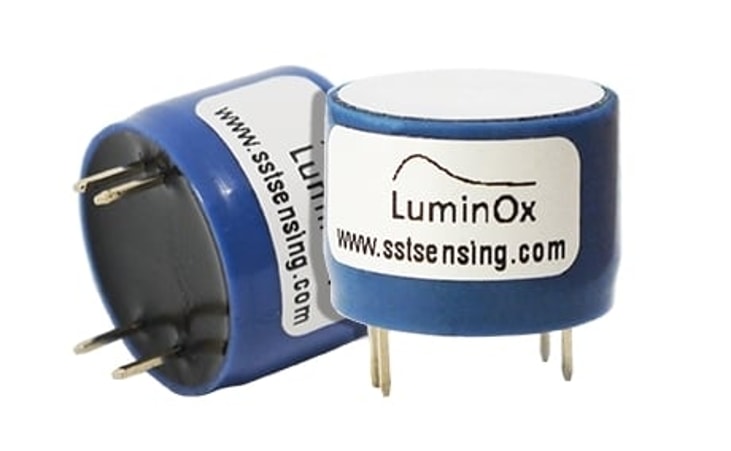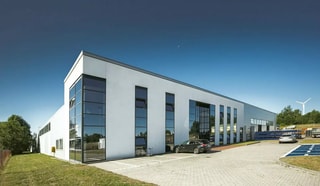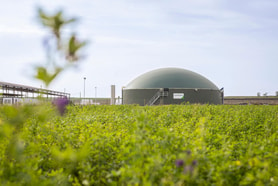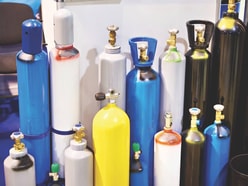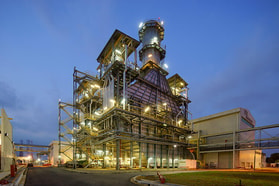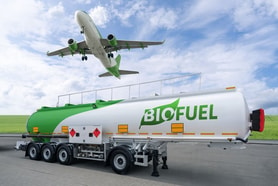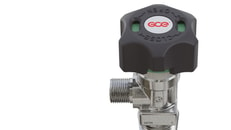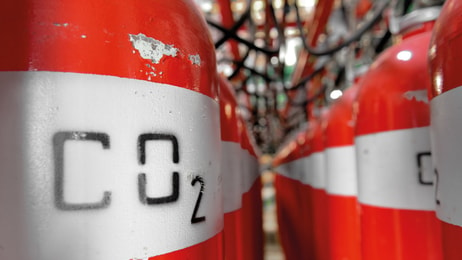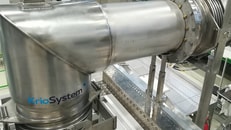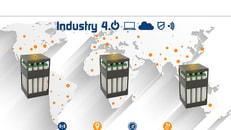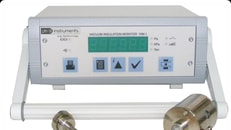An introduction to… Gaseous optical oxygen sensors
As gasworld readers well know, there are a range of applications where the presence of oxygen is both desirable and crucial (for example in the medical sector or in steel production) but there are also many end uses whereby the presence of oxygen is not quite so desirable – where trace amounts can cause serious degradation of a given product or cause danger to individuals.
Examples of the latter include in transportation where controlled or modified atmospheres can considerably increase the storage life of certain fruit and vegetable cargoes, but only if the oxygen concentration is measured and controlled; in the aviation sector where it is imperative to ensure there is no oxygen present in aircraft fuel tanks; in the heat treatment process that is gas nitriding; or in marine inerting systems where it is vital to check and control the oxygen and hydrocarbon gas content in the fuel and cargo tanks to keep the atmosphere within non-explosive limits.
For all these applications, the role of oxygen sensors and detectors is fundamental and for many, it requires the use of optical oxygen sensor technology.
... to continue reading you must be subscribed

